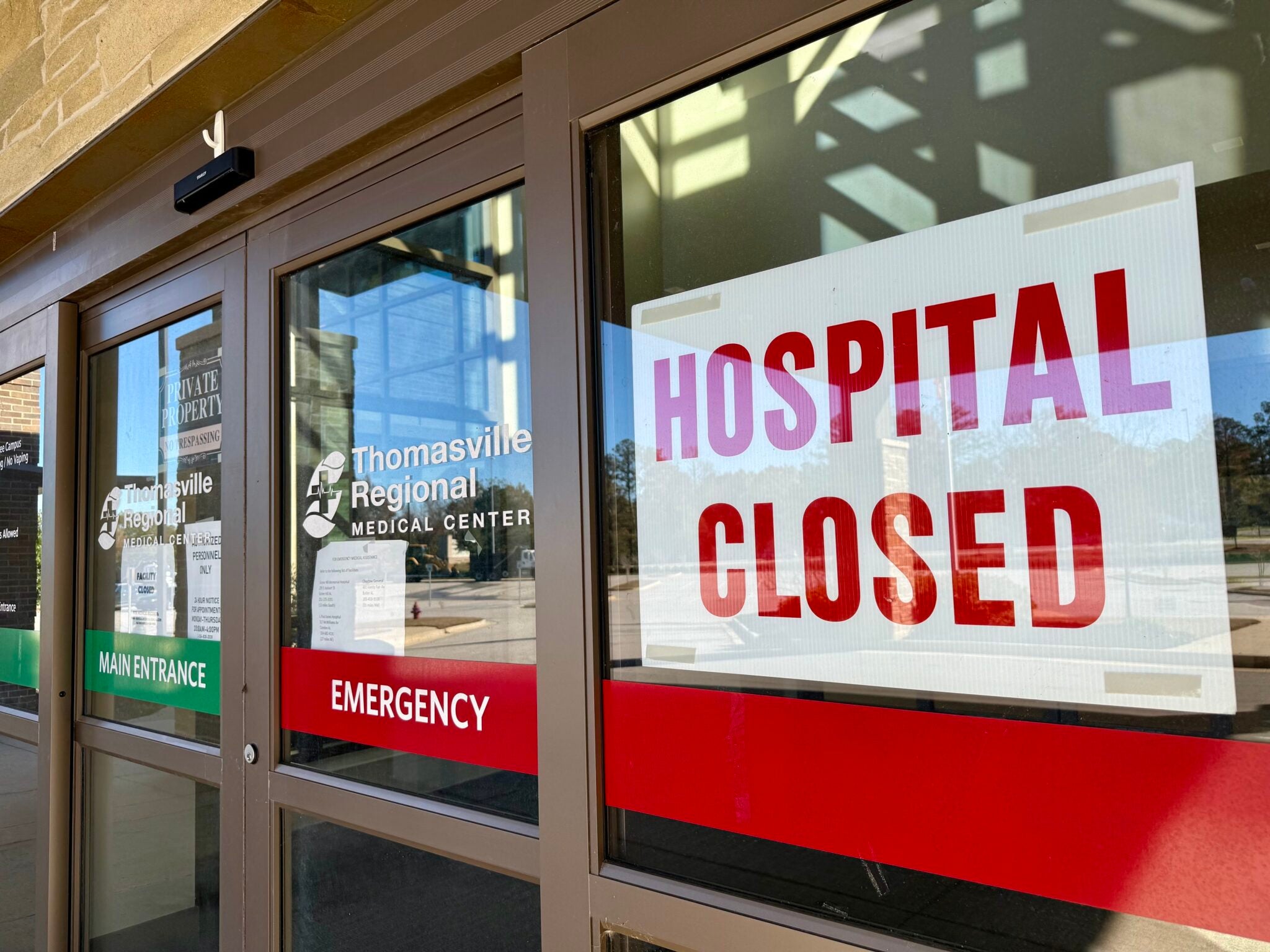September 2025
-
States Should Use Rural Transformation Fund to Focus on Children and Families
At this moment, states are seeking input and putting ideas on paper to develop priorities for their state applications for a piece of the $50 billion Rural Health Transformation Fund included in H.R. 1 (with applications due to the federal government by November 5th). Our colleague Adam Searing reminded readers that these funds will by…
-
Preventive Services at Risk: Federal Instability and State Responses
In late June, the Supreme Court upheld the Affordable Care Act’s (ACA) preventive services provision, preserving—for now—zero cost sharing access to screenings, vaccines, and other preventive care for more than 150 million people. The decision in Kennedy v. Braidwood Management Inc. foreclosed a constitutional challenge to coverage of preventive care while underscoring new risks to consumers’ access to…
-
Unpacking the Rural Health Transformation Fund Created by Congress to Soften Impact of Medicaid Cuts on Rural Hospitals
I grew up in North Carolina and often split my time between the urban center of the state and some of its most beautiful and rural areas on the back sounds “Down East.” This part of NC is so rural and was isolated for so long, generations of residents still speak with a distinctive Elizabethan…
-
Medicaid Cuts Kick in Quickly and Quietly in Idaho
Amber and Darrell Daniels with three of their four children. They live in Caldwell, Idaho. Darrell works for a pest control company while Amber enjoys being a stay-at-home mom to care for their children
-
Webinar: State-by-State Child Health Coverage Trends
The Georgetown University Center for Children and Families did a rapid analysis of newly released U.S. Census American Community Survey (ACS) data. The webinar took place on Friday, September 12 at 1:00 p.m. ET, featuring a presentation of state-by-state child health coverage trends and other key insights. Joan Alker, Executive Director of the Georgetown University…
-
Progress for Children is Eroding as Child Uninsured Rate Spikes to Highest Level since 2014
Every year we examine data provided by the U.S. Census Bureau’s American Community Survey (ACS) which provides the most comprehensive look nationally and by state at important trends impacting America’s families – including health insurance. Today we are sharing our analysis of data that came out just yesterday for calendar year 2024. Our analysis is…
-
U.S. and State-by-State Child Health Coverage Trends
From 2022 to 2024, the rate of uninsured children increased from 5.1% to 6%, which is the highest rate of uninsured children in a decade. This was a statistically significant change and equates to an 18% increase in the number of uninsured children nationwide, marking a dramatic reversal of the progress made on child health…
-
Who Cares for Our Nation’s Children? Federal Medicaid Cuts Will Magnify Challenges for Child Care Workforce and the Young Families They Support
Last spring we walked through Medicaid’s role in supporting early childhood educators and subsequently the risks of proposed federal Medicaid cuts to the child care system. Fast forward to July 4th: the HR 1 “Megabill” was rushed through reconciliation and signed into law, leading to the biggest cut in Medicaid’s 60-year history. These cuts– and…
-
What does the CDC’s Vaccine Panel have to do with Medicaid?
Vaccine safety and changes happening at the Department of Health and Human Services (HHS) have been an ongoing topic of conversation throughout the past few months. As we have previously discussed here on Say Ahhh!, HHS has announced upcoming studies and potential changes to how vaccines are approved and recommended for different populations. Most notably,…
-
US Uninsured Rate Stays Level in 2024 for Adults and Kids: Storm Clouds Lie Ahead
Today the U.S. Census Bureau released the Current Population Survey (CPS) for 2024 which examines income, health insurance and other trends. Overall, the uninsured rate was unchanged at 8%; the child uninsured rate was 6.1%. – a slight increase that was not statistically significant. Later this week we will get state by state data from…
-
What is the Current Status of Vaccines in the US?
As fall respiratory virus season ramps up, major changes to the vaccine policy landscape in the U.S. are coming. Some states, such as Florida, have announced an effort to end all vaccine requirements for children to attend school. Federally, changes promulgated by the Secretary of Health and Human Services (HHS), Robert F. Kennedy Jr., have…
-
Federal Threats to Maternal and Infant Health Highlighted in Health Affairs
A recent article in Health Affairs Forefront argues that threats to policies, programs, and data systems will substantially set back progress made over the past few years in addressing the maternal and infant mortality. As a group of experts who previously served as federally-appointed members of the US Department of Health and Human Services (HHS)…
-
How Will We Know if States are Ready to Implement HR 1 and Work Reporting Requirements? Follow the State Performance Metrics Here.
States are just emerging from the unwinding of the pandemic-related Medicaid continuous enrollment provision when HR 1 presents a host of state budget impacts and new administrative hurdles for states. If states are already having trouble keeping up with their eligibility and enrollment administrative workload, adding work reporting requirements, six-month renewals, and mandatory cost sharing…
-
Are States Ready to Implement HR 1 and Medicaid Work Reporting Requirements?
Key Findings Introduction On July 4, 2025, President Trump signed into law HR 1 (P.L. 119-21), the massive budget reconciliation bill that cuts more than $1 trillion from Medicaid and Marketplace health coverage. The law strips coverage from many lawfully residing immigrants, ties the hands of states to raise revenue to cover the state share…
-
Untangling the Current Debate Around Federal Medicaid Cuts, the “Rural Health Transformation Program” and State Medicaid Budgets
The Congressional Budget Office estimates that the budget reconciliation law signed into law by President Trump (HR1) will result in a gross reduction of $990 billion in federal Medicaid/CHIP spending over 10 years and an increase in the number of uninsured Americans by 10 million. This is the largest cut to Medicaid in the history…
















